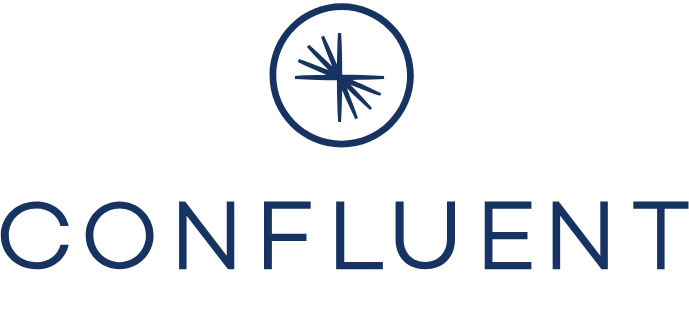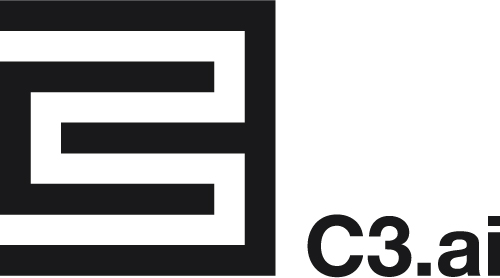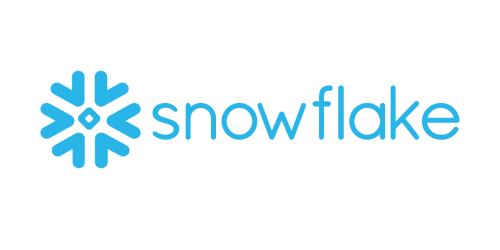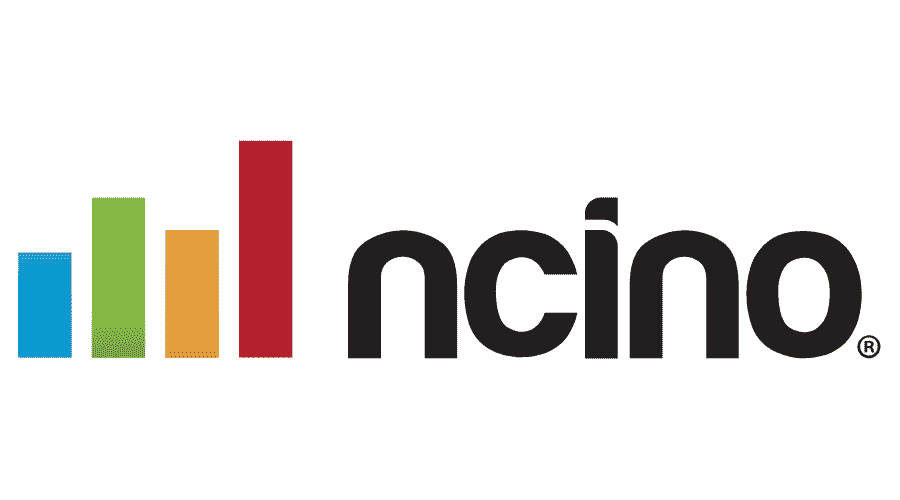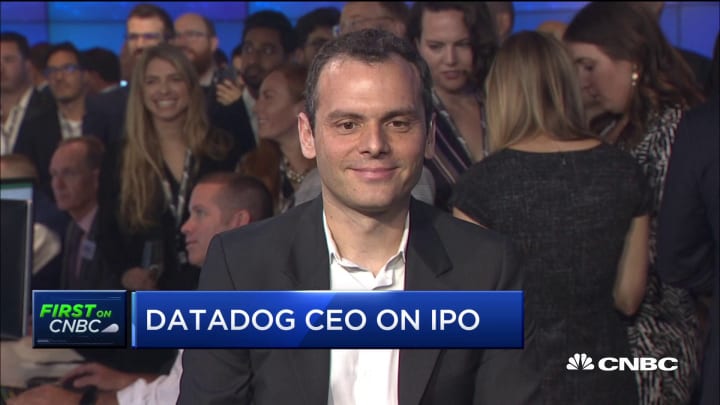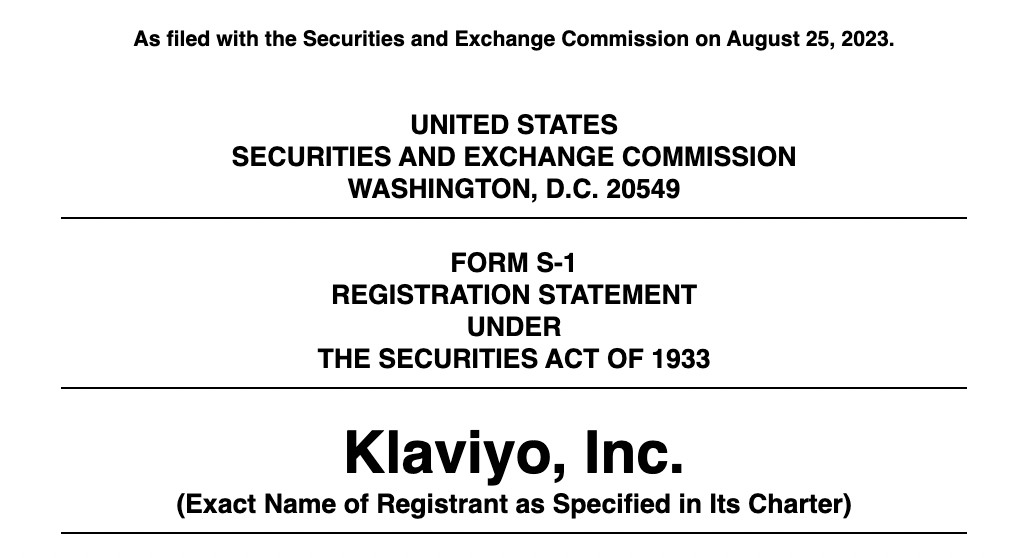
Is this it? Are we back? Everyone in the startup and venture world has been waiting for months for the re-opening of the IPO window. After a record breaking 2021 (1035 IPOs, beating the previous record of 480 in 2020), 2022 saw a dramatic decline (181 IPOs) and 2023 so far has not been much better.
Common wisdom in the market over the last few months has been that Q4 2023 would be the time the IPO window would cautiously re-open for technology companies (recent non-tech IPOs like restaurant chain Cava being considered non-representative). And it would be crucial that some of the very best companies (the usual suspects being Stripe, Databricks and Instacart) would go out first, to pave the way for a bigger wave of quality companies right behind them.
Well, this week has been an exciting one – on Monday, ARM filed its F-1 (here) and just today (Friday August 25), both Instacart (here) and Klaviyo (here) filed their S-1s. It’s going to be exciting to see what happens this Fall in IPO land.
New IPO filings also mean fresh opportunities for the time-honored VC tradition of S-1 breakdowns, even though timing is unfortunate given summer vacation schedule – here and here.
Consistent with my general investing focus on data and ML/AI, I’m going to pick Klaviyo for this first breakdown of 2023, as it’s a heavily data-driven business. As I did in the past (see the S-1 quick teardowns for Snowflake, Palantir, Confluent, C3, nCino), this is meant as a QUICK breakdown – mostly unedited notes and off-the-cuff thoughts, in bullet point format.
Let’s dig in.
Continue reading “Quick S-1 Teardown: Klaviyo”